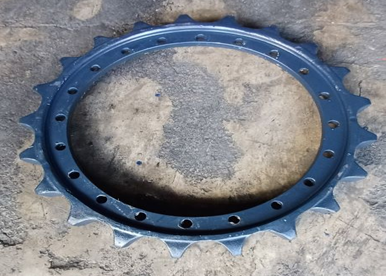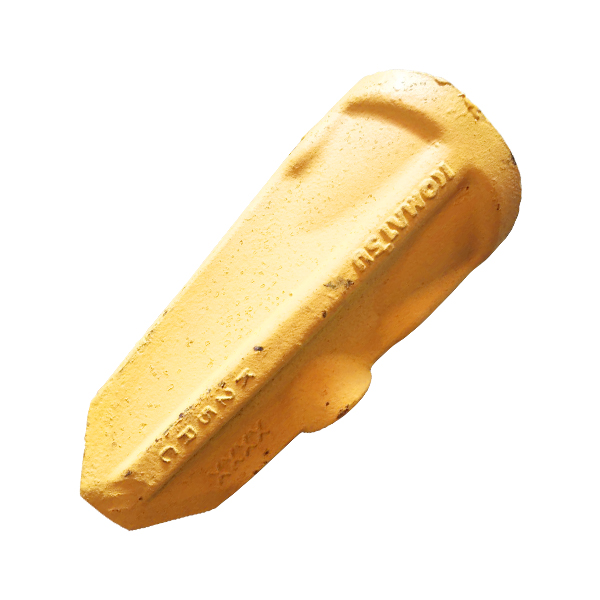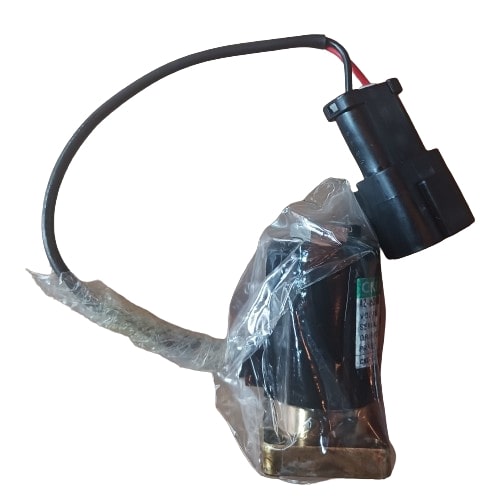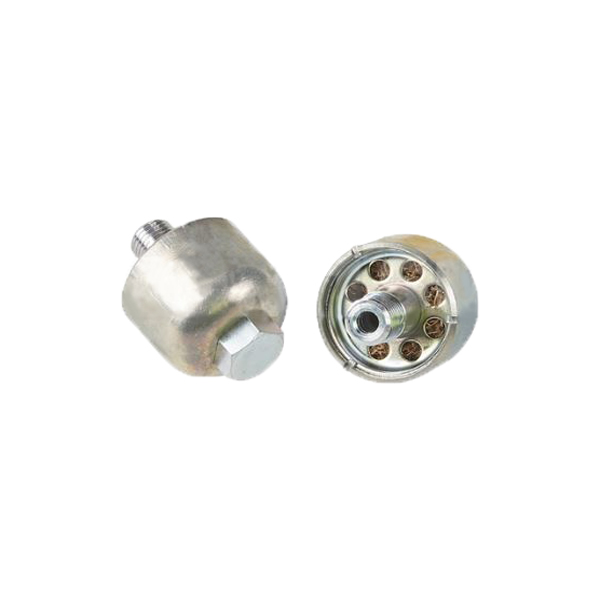Dismantled parts from PC200LC-8M0 C15621.
The sprocket of the Komatsu PC200LC-8M0 is a vital component of the excavator’s undercarriage, responsible for driving the tracks. It plays a central role in transferring power from the final drive motor to the track system, enabling the excavator to move. Below is a detailed description of the sprocket:
1. Material:
- The sprocket is typically made from high-strength, heat-treated steel to ensure durability and resistance to wear. It is designed to withstand the constant friction and heavy loads imposed during excavator operation.
2. Design Features:
- Teeth:
- The sprocket features a series of evenly spaced, hardened teeth that mesh with the track chain links. These teeth are specifically shaped to ensure a tight fit with the track links, enabling smooth propulsion.
- The teeth are designed to minimize wear on both the sprocket and the track chain, contributing to longer service life.
- Circular Structure:
- The sprocket is circular and rotates around a fixed axis. Its design ensures that all teeth engage with the track links at the correct angle, distributing the load evenly and preventing excessive wear.
- Mounting Holes:
- The sprocket has multiple mounting holes that allow it to be bolted securely to the final drive hub. These holes ensure a tight, stable fit and prevent movement during operation.
3. Functionality:
- Track Propulsion:
- As the sprocket rotates, its teeth engage with the track chain links, pulling the track in either a forward or reverse direction. This engagement ensures the excavator’s movement and ability to navigate various terrains.
- Load Distribution:
- The sprocket’s design ensures that the load and stress are evenly distributed across all teeth. This helps prevent localized wear, which could otherwise lead to damage or misalignment of the undercarriage components.
4. Durability and Wear:
- Heat Treatment:
- The sprocket is heat-treated to enhance its hardness and wear resistance. This process ensures that the sprocket can endure continuous contact with the track chain links without suffering significant damage.
- Corrosion Resistance:
- The material is often treated or coated to resist corrosion, which is essential when the machine operates in harsh environments, such as in mud, water, or abrasive soils.
- Wear Pattern:
- Over time, the sprocket teeth will gradually wear down due to constant friction with the track links. Regular inspections are necessary to monitor wear levels and prevent operational issues.
5. Maintenance:
- Inspection:
- Regular inspection of the sprocket is critical to detect signs of wear or damage, such as worn or broken teeth. Uneven wear on the sprocket teeth can indicate misalignment of the track system or improper track tension.
- Replacement:
- If the sprocket teeth become excessively worn or damaged, the sprocket must be replaced to prevent damage to the track chain and other undercarriage components.
6. Importance in the Undercarriage System:
- The sprocket is a core component that works in tandem with other parts of the undercarriage, such as the track rollers, idlers, and track chains. Together, they form a system that allows the Komatsu PC200LC-8M0 to operate efficiently on a wide range of terrains.
- Proper maintenance of the sprocket is crucial for the overall performance and longevity of the undercarriage system. If neglected, a worn sprocket can lead to reduced track engagement, slippage, and damage to other components.
In summary, the sprocket of the Komatsu PC200LC-8M0 is designed for durability and precision, ensuring the efficient movement of the excavator’s tracks. Its proper maintenance and timely replacement are essential for keeping the undercarriage in optimal working condition.





